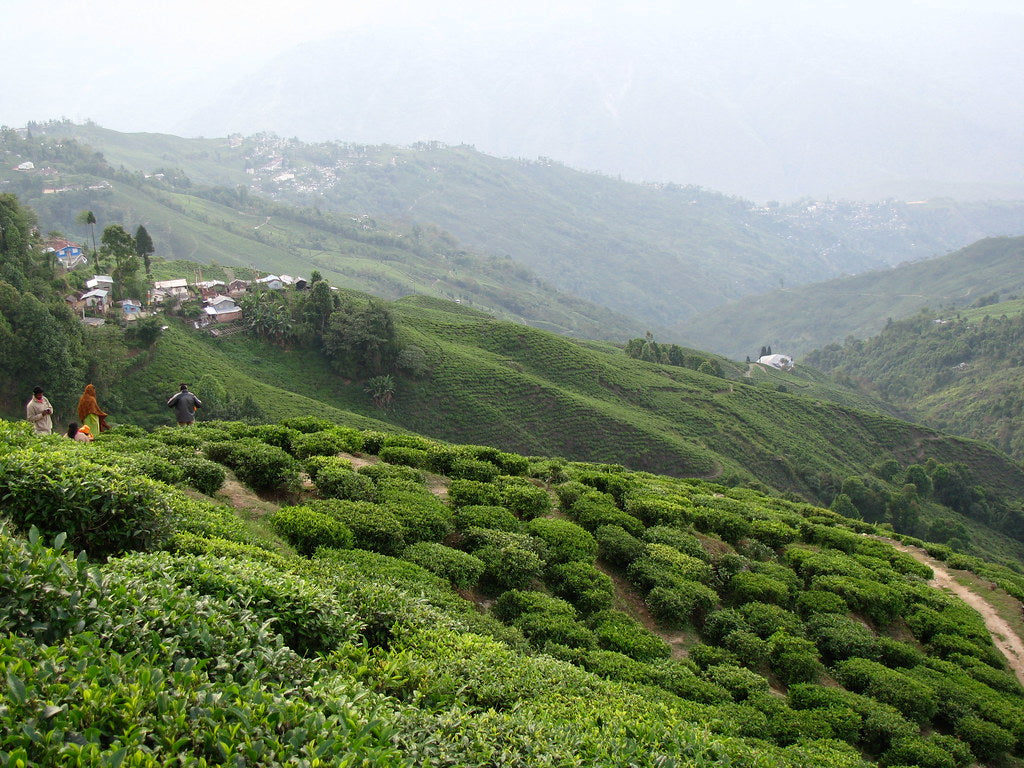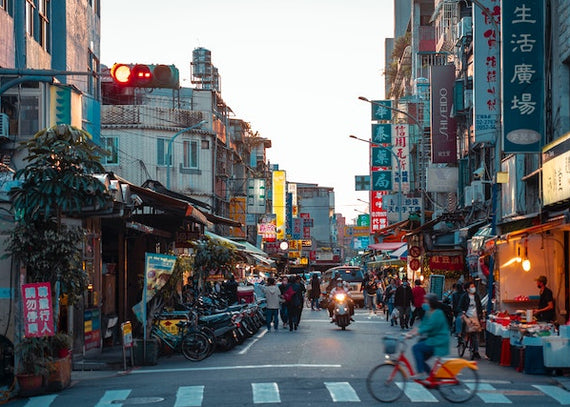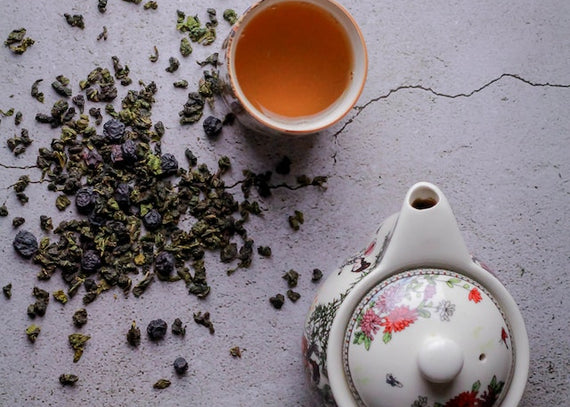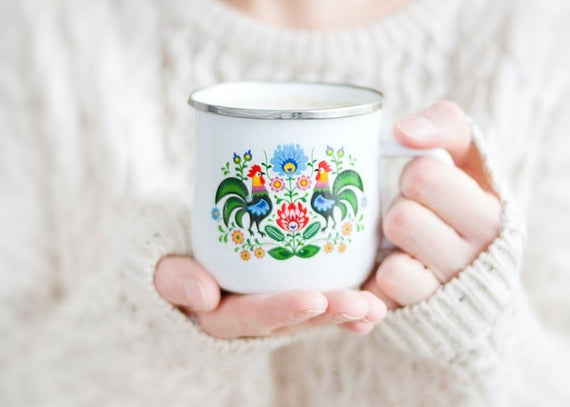For those who enjoy English Breakfast or Earl Grey, chances are you may have tried Darjeeling tea as the base for these black tea blends. Darjeeling tea is produced in the Darjeeling region of India. The history of tea cultivation in this region goes back to some of the first British tea plantations in India. Here, the Assam variant of the Camellia Sinensis plant and some hybrids of Chinese tea plant stock were cultivated and produced to become black tea. The tea product from regions like Darjeeling was used in the tea trade and was most often sold abroad or to other parts of the British Empire. However, over time and with a rising level of affluence for the general populace, tea consumption became available for more people in Indian society. Let us take a closer look at the rich and storied history of Darjeeling's tea.
Darjeeling's history
Darjeeling's story as a tea region begins in 1841 with the British planter, Archibald Campbell, who imported tea seeds of the Chinese camellia Sinensis to Darjeeling. More considerable British government efforts also began planting tea in Darjeeling in the 1850s, and soon the Alubari tea garden was opened by the Kurseong and Darjeeling Tea Company. Subsequently, other tea companies and plantations began in the area, and today Darjeeling tea is protected by the Tea Board of India. To be a Darjeeling tea, the tea must be cultivated, grown, produced, manufactured, and processed in the Darjeeling region.
Flushes
Darjeeling comes in several special varieties determined by when the leaves were harvested. These are known as flushes.
First flush: harvested in mid-March after the spring rains and has a gentle and light aroma, colour and astringency.
In between: harvested, as its name suggests, in between the first and second flush times.
Second flush: harvested in June, this variety has an amber colour and a full-bodied and muscatel flavour.
Monsoon flush/rain flush: this variety is harvested in the monsoon or rainy season. This flush occurs between the second and the autumnal blooms. This variety is less withered than other flush varieties but more oxidized and also cheaper by comparison. This type is often used to make masala chai.
Autumnal flush: harvested in autumn after the rainy season. This variety is less delicate and also less spicy. It does have a fuller body and darker colour, however.
Darjeeling tea is unique because it is produced at an incredibly high altitude. Higher altitude and humidity, as well as cloud coverage, often result in more top-quality teas, and Darjeeling is an excellent example of this. The flavours of Darjeeling are exquisite as well, commonly referred to as the "champagne of teas" fruity, citrusy, vegetal, and possessing the characteristics of Himalayan fresh air, are all often used to describe Darjeeling's taste.
Another unique trait of Darjeeling is the different flavours and notes one gets with the first, second, and additional flushes. Flushes are seasonal distinctions that also often dictate how the leaves will end up tasting. To unlock the best flavours and aromas of Darjeeling, make sure to prepare water that has just come down from a boil and steep the leaves for 2-3 minutes. Darjeeling is a sophisticated black tea and has a more aromatic body to it than many others, so the less robust brewing methods should be sufficient without scorching your leaves.
Moreover, as a black tea, Darjeeling possesses all the incredible health benefits of black tea, such as providing cell-protecting antioxidants, promoting good heart and gut health and giving you a subtle caffeine lift! So for those looking for reasons to enjoy Darjeeling, count weight loss, and healthy heart benefits on your list of reasons to indulge.
Darjeeling white
Though mostly known as black tea, Darjeeling tea can be used to produce white tea, too. Darjeeling white tea is cultivated at altitudes up to 2000 meters (6561 feet) where it grows in the rainy and cold climate of the mountains. The leaves are hand-picked and also hand-rolled. The withering process includes the sun drying the leaves. Because this type of leaf is so labour-intensive, it is considered both valuable and rare. The aroma is delicate, and the taste is sweet with a golden liquor colour.
Darjeeling Oolong
Darjeeling Oolong can only be produced in tea plantations and gardens that match the following criteria,
- Cultivation area that is 900 meters, or 3000 feet above sea level,
- Old China bush covers 40% of the tea growing area,
- A particular clonal type of tea plant is needed
- The temperature should remain between 5 and 20 degrees Celsius throughout the growing season. And, while lower-elevation growing areas can produce similar-looking results, the taste of lower-elevation crops do not match the standard Oolong flavour profiles. Darjeeling Oolong comes from delicately plucked leaves that often try to include two leaves and one bud. The leaves can be withered naturally in the sun and air. Darjeeling Oolong is usually orange in its liquor colour and possesses a muscatel flavour.
Darjeeling green
In addition to white, Oolong, and black, Darjeeling also produces green tea. Many different tea estates are capable of producing Darjeeling. Unlike the black teas of Darjeeling, greens are not categorized into flushes, though, the time of year in which it is harvested may play a role in the flavor profile one may experience when enjoying Darjeeling green. But, like the other varieties of tea from Darjeeling, greens are hand-picked, and usually, harvesters attempt to pluck two leaves and a bud at a time. Harvesting usually takes place from March to November. After the leaves are processed and dried to cease any oxidization, the leaves are often rolled into pellets to be packaged for retail.
Organic Sangma Darjeeling
Like wine, tea's terroir plays a significant role in the final product. So too does Sungma Darjeeling. This tea comes from Darjeeling's Sungma Estate and features bright notes accompanied by fruity and floral notes as well. A real treasure of the tea world due to its enticing golden liquor and muscatel flavour. Sangma Estate is located in the Rung Bong valley and is famous for producing excellent quality tea. With a history that goes back to 1863, Sungma Estate was founded by a British planter who capitalized on the excellent climate of the area by introducing Chinese hybrid tea plants. In 1934 an earthquake demolished the original Sungma factory. Truly a tragic loss. As a result, the tea operations were moved to the Turzam Estate. Sangma and Turzam Estates were merged, but the Sungma Estate name remained. This tea experiences the icy chill of snow-capped Himalayan peaks as it grows. The brisk growing conditions of this tea promote not only an amazingly exotic aroma, but a beverage that also helps cut down on bad cholesterol, lowers your risk of stroke, and also defeats your blood pressure. Organic Sangma, courtesy of Bon Tea, is a magnificent representative of the Sungma Estates masterful excellence in tea cultivation.
The lovely name of this excellent Darjeeling selection by Bon Tea has a beautiful back story as well. This tea is named after the eldest daughter of the original planter of the Margaret's Hope Estate. Margaret's Hope is renowned for being one of Darjeeling's most skillfully run tea estates. Over the years, they have not only cultivated tea but also a reputation for environmental stewardship and care. Margaret's Hope produces an exquisite Tippy Flower Golden Orange Pekoe (TFGOP). This TFGOP is highly coveted and revered due to its long, finely graded leaf and the resultant amazing black tea product. The tasting notes for this tea feature a muscatel flavour with hints akin to current that blend to form a taste that is reminiscent of wine. It is not surprising that Darjeeling teas are often referred to as the "champagne of tea!" Give this excellent tea a try and experience the majesty of a truly masterful tea.




